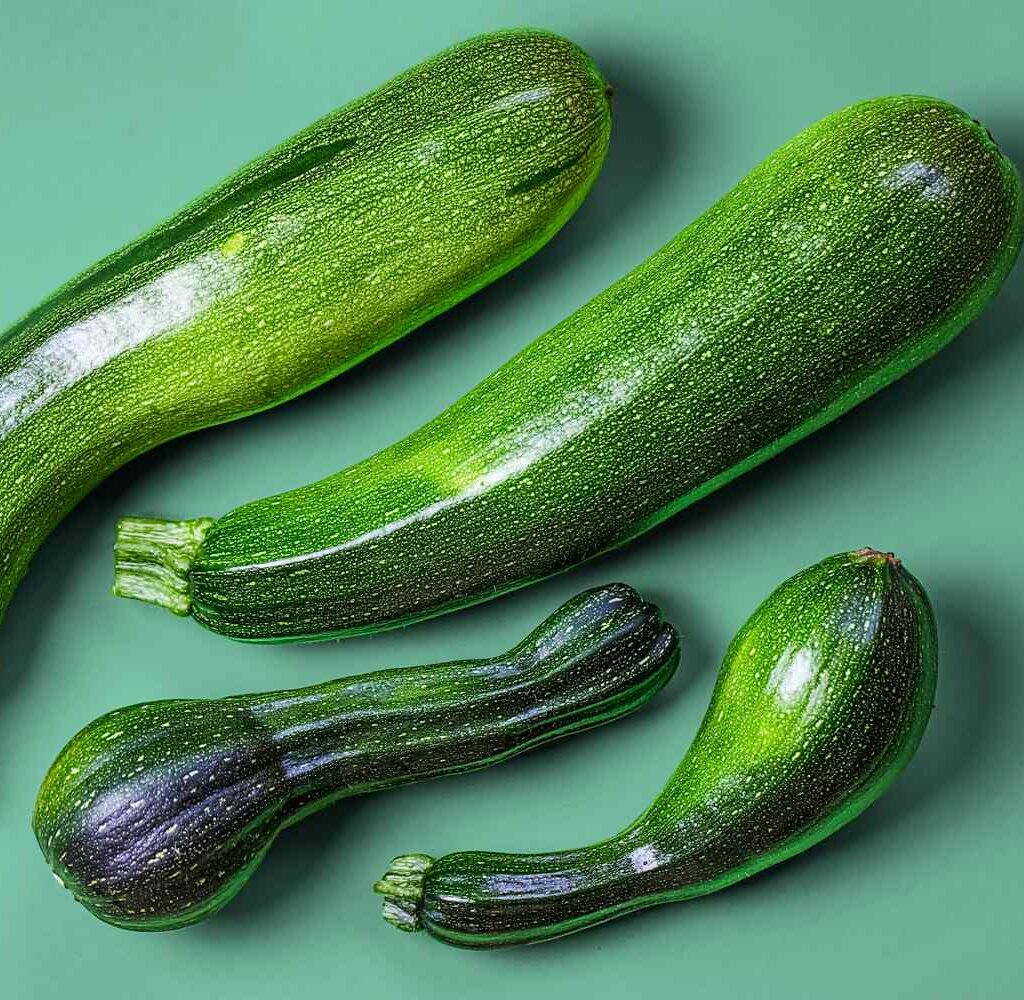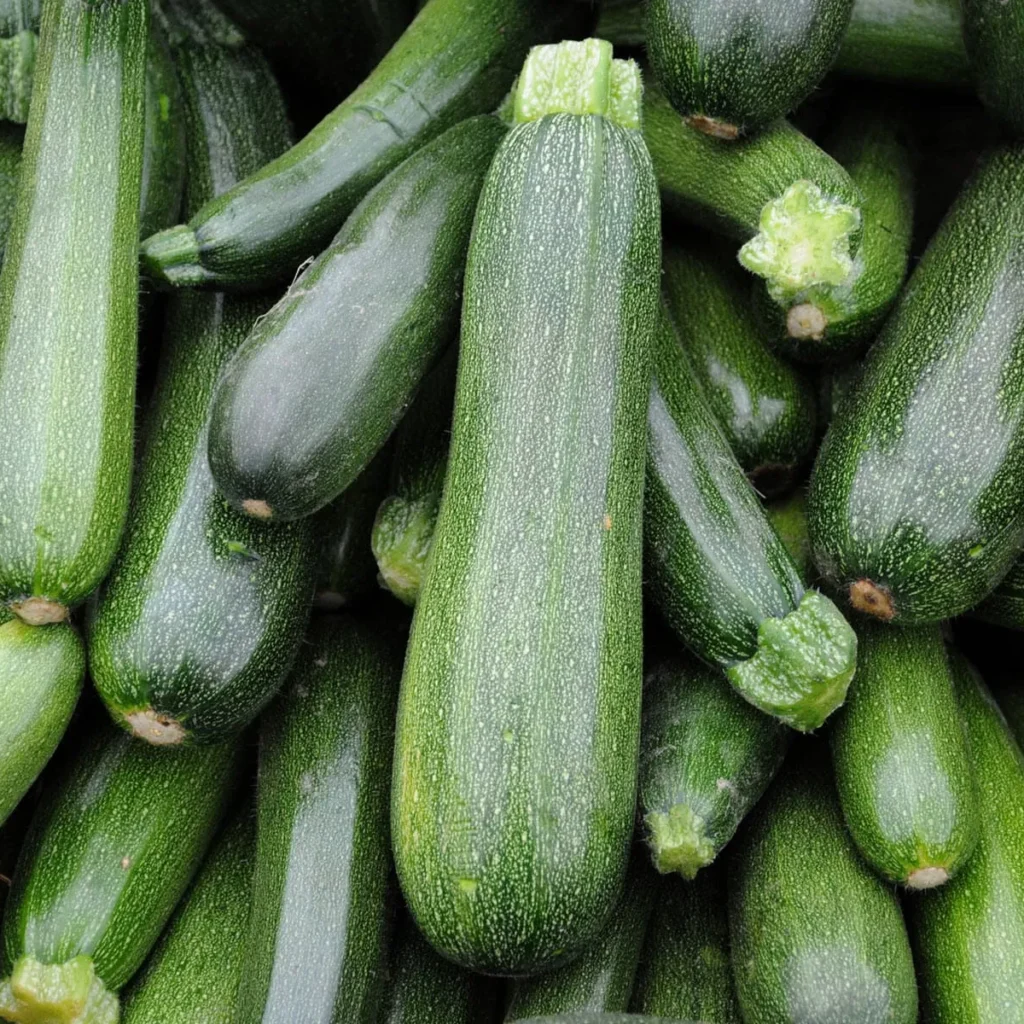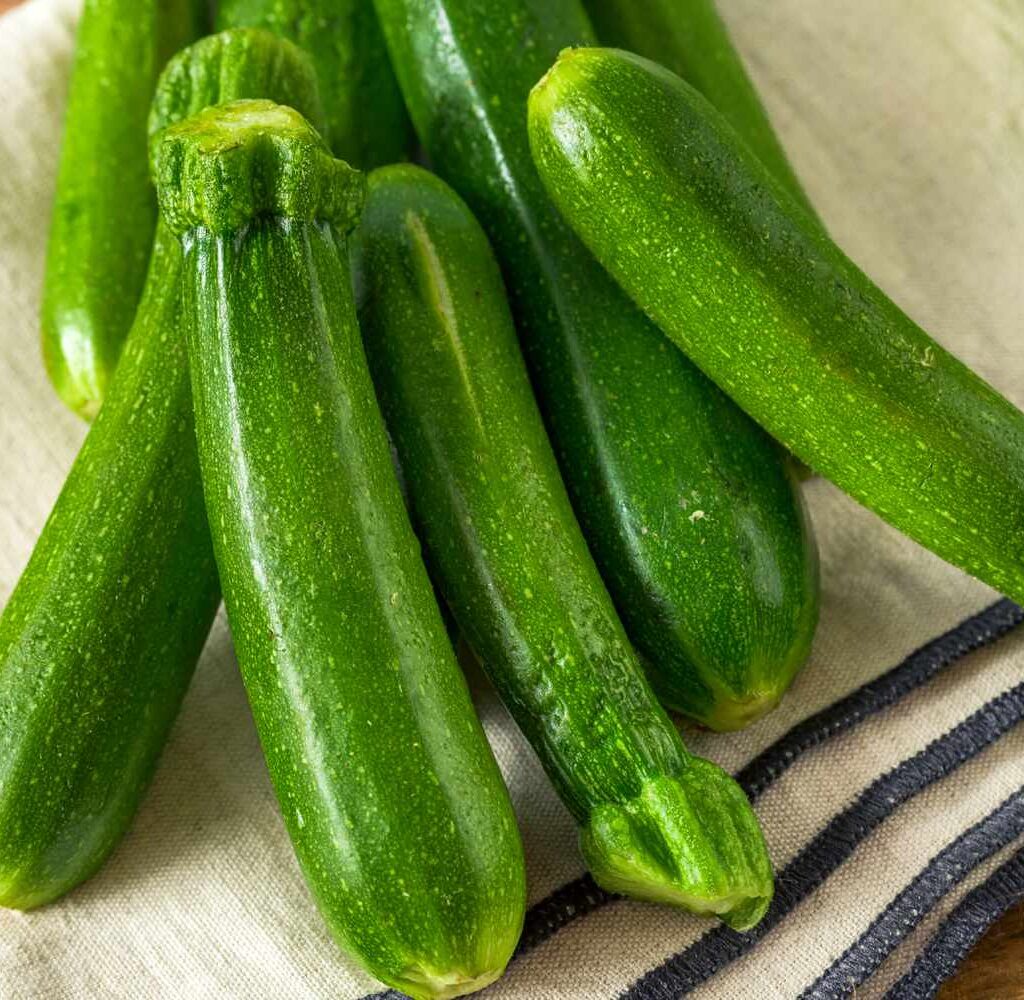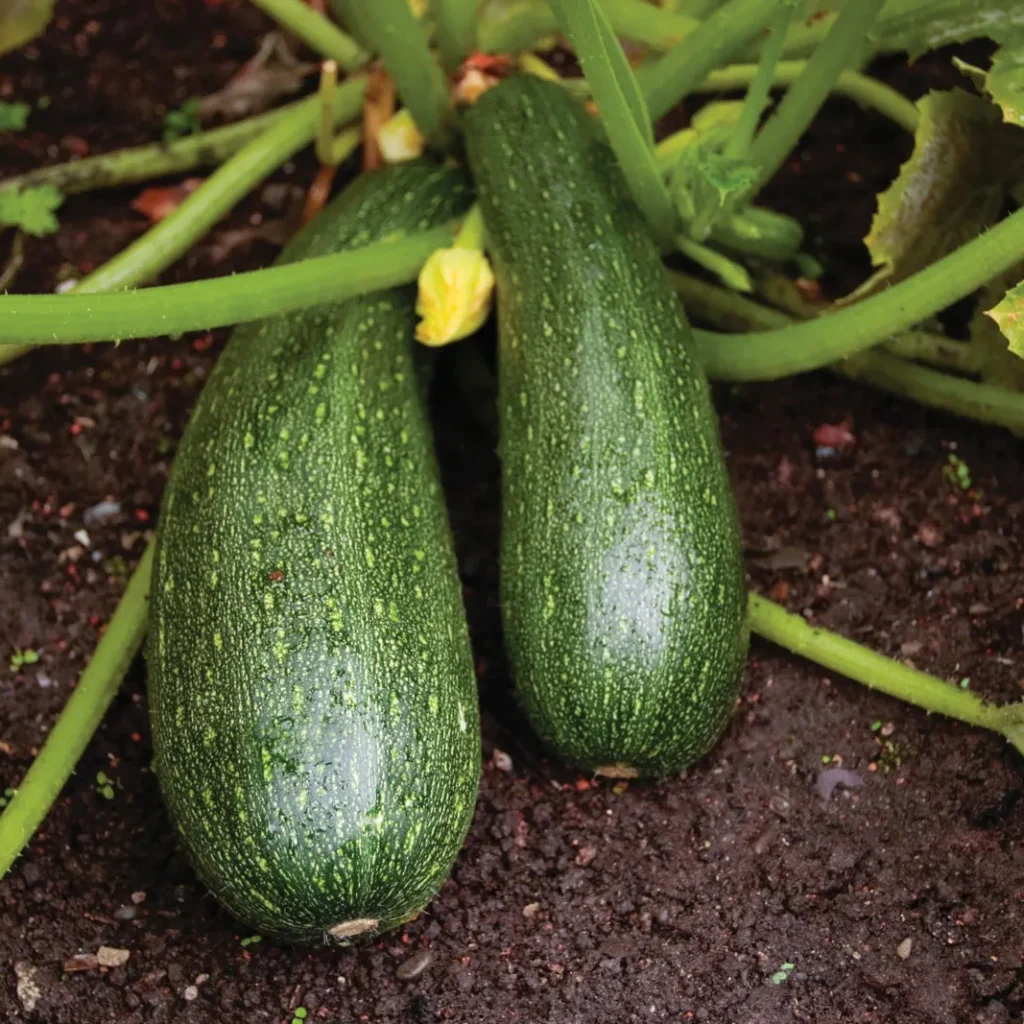Zucchini—also known as courgette in some parts of the world—is one of the most popular and versatile vegetables cultivated today. Whether grilled, spiralized, baked into bread, or sautéed into stir-fries, zucchini is a culinary favorite that fits effortlessly into health-conscious meals and gourmet recipes alike. With its mild flavor and soft texture, it complements a wide range of dishes and cuisines.
But have you ever wondered: Which country leads the world in zucchini production?
According to the Food and Agriculture Organization (FAO), the undisputed answer is: China.
This article explores how China became the world’s leading zucchini producer, compares other major players in global zucchini cultivation, and highlights the agricultural, economic, and nutritional significance of this humble squash.
Understanding Zucchini: A Versatile Summer Squash

Zucchini (Cucurbita pepo) is a summer squash that belongs to the gourd family, which also includes pumpkins, cucumbers, and melons. Originally native to Central America, zucchini was domesticated and refined into its current form in Italy. Today, it is a global vegetable, celebrated for:
- Its low calorie and high water content
- Being rich in vitamins A, C, potassium, and antioxidants
- Its versatility in both raw and cooked dishes
Zucchini grows rapidly and abundantly, making it a favorite among farmers and home gardeners alike.
Global Zucchini Production Overview

Zucchini is now cultivated in more than 80 countries across temperate and subtropical regions. While it belongs to the broader group of “squashes,” the FAO often categorizes zucchini under “vegetable marrows” or “pumpkins and gourds” in statistical data.
Top 5 Zucchini Producing Countries (Approximate Annual Production):
| Rank | Country | Estimated Annual Production (Metric Tons) |
|---|---|---|
| 1 | China | ~7.5 million |
| 2 | India | ~4.2 million |
| 3 | Russia | ~1.4 million |
| 4 | Egypt | ~1.1 million |
| 5 | Iran | ~900,000 |
Note: Figures are based on aggregated data for summer squash and vegetable marrows, including zucchini.
China: The Zucchini Powerhouse of the World

1. Massive Production Volume
China produces an estimated 7.5 million metric tons of zucchini and related summer squashes annually—more than 30% of global production. This figure places China firmly at the top of the global rankings.
2. Key Producing Regions
Major zucchini-growing regions in China include:
- Shandong Province – A vegetable-growing hub using modern greenhouses.
- Hebei and Henan – Fertile plains with ideal growing conditions.
- Xinjiang – Large-scale production using controlled irrigation and advanced techniques.
These provinces not only grow zucchini for domestic consumption but also for export in processed and fresh forms.
3. Why China Dominates
- Favorable Climate: Long growing seasons, sufficient rainfall, and regional diversity allow year-round production in different areas.
- Technological Innovation: The use of plastic tunnels, greenhouses, drip irrigation, and hybrid seeds increases yield and shortens harvest cycles.
- Domestic Demand: Zucchini is widely used in Chinese cuisine, especially in stir-fries and dumpling fillings.
- Large Workforce and Infrastructure: China has developed an expansive rural farming network supported by cold chains and logistics systems that ensure fresh delivery across the nation.
India: The Fast-Growing Competitor

1. High Volume with Domestic Focus
India is the second-largest zucchini producer, with around 4.2 million metric tons annually, although much of this is classified under gourds and squashes. Zucchini is not a traditional Indian vegetable, but in the last two decades, its popularity has grown rapidly in urban centers due to the rise of continental cuisine, organic food movements, and culinary globalization.
2. Key Growing States
- Maharashtra
- Himachal Pradesh
- Karnataka
- Tamil Nadu
- Sikkim and Uttarakhand (for off-season production)
3. Challenges and Opportunities
India still faces:
- Limited awareness of zucchini varieties in rural areas
- Low export volume
- Infrastructure gaps in cold storage and packaging
Yet with increasing demand in restaurants, supermarkets, and organic outlets, India’s zucchini sector is set to expand further.
Other Leading Producers

1. Russia
Russia produces over 1.4 million metric tons of zucchini and marrows. Given its colder climate, production is concentrated in the southern regions and during warmer months. Zucchini is widely used in Russian cuisine in dishes like kabachki (fried zucchini) and vegetable stews.
2. Egypt
Egypt is a major North African zucchini producer, contributing over 1 million metric tons annually. Thanks to the fertile Nile Delta and climate-suitable regions, Egypt supplies zucchini to the domestic market and exports to Europe and the Middle East.
3. Iran
Iran produces nearly 900,000 metric tons, using traditional farming methods and greenhouse cultivation in central and southern provinces. Zucchini is a part of many Persian stews and is valued both fresh and dried.
Zucchini in the Global Market
1. Trade and Export
While China dominates production, countries like Mexico, Spain, and the Netherlands lead in zucchini exports due to proximity to major markets like the U.S. and EU.
Major Exporting Countries:
- Mexico – Largest supplier to the U.S. under NAFTA/USMCA agreements.
- Spain – Supplies Western Europe through fresh market chains.
- Italy and Turkey – Known for heirloom varieties and Mediterranean exports.
2. Importing Countries
- United States
- Germany
- France
- United Kingdom
These countries import zucchini year-round to meet demand in supermarkets, restaurants, and food processing industries.
Economic Importance of Zucchini
1. Income for Farmers
Zucchini has a short growing cycle (45–60 days), which allows for multiple harvests annually, making it an ideal cash crop. In regions with modern irrigation and infrastructure, farmers earn significant income per acre, especially when growing high-demand varieties like yellow and organic zucchini.
2. Low Production Costs
Compared to fruits or cereals, zucchini requires:
- Lower input costs
- Smaller land area
- Minimal pesticide use (especially in greenhouse conditions)
This makes it particularly attractive for smallholder farmers.
Nutritional and Health Benefits of Zucchini
Zucchini is often called a superfood, offering an impressive nutritional profile:
- High in vitamin C and manganese – supports immune health
- Rich in fiber – promotes digestion and heart health
- Low in calories and carbs – supports weight loss and diabetic diets
- Contains lutein and zeaxanthin – beneficial for eye health
These attributes have led to growing demand in wellness and plant-based food markets worldwide.
Challenges in Zucchini Production
Despite its popularity and resilience, zucchini cultivation comes with its share of challenges:
1. Pests and Diseases
- Susceptible to powdery mildew, squash vine borer, and aphids
- Overuse of chemicals in some regions leads to pesticide resistance
2. Climate Vulnerability
- Zucchini is heat-sensitive; extreme temperatures can impact flowering and fruit set
- Irregular rainfall affects open-field crops in developing countries
3. Post-Harvest Losses
- Zucchini is highly perishable
- Poor handling and lack of cold storage infrastructure reduce marketability
Innovations and Future Trends
To sustain and expand zucchini production, several innovations are taking root:
1. Hybrid Seed Varieties
Countries like China, the U.S., and Israel have developed high-yield, pest-resistant, and early-maturing zucchini varieties.
2. Protected Cultivation
Greenhouses, shade nets, and hydroponics are becoming standard practices in commercial zucchini farming, especially in urban regions.
3. Organic and Niche Varieties
The rise of organic food markets, yellow zucchini, and round courgette types is creating high-value opportunities for exporters and specialty growers.
Conclusion
In the global race to produce zucchini, China stands out as the clear leader, contributing more than 7 million metric tons annually. Its dominance is rooted in large-scale production, climate diversity, technological advancement, and high domestic demand. While India, Russia, Egypt, and Iran also play significant roles, China sets the benchmark in volume and consistency.
Zucchini’s global importance is rising—not only as a popular culinary ingredient but also as an economically vital crop. As sustainable farming practices, export markets, and health trends continue to evolve, zucchini production is poised to grow further.
Whether it’s roasted, spiralized, or sautéed, the humble zucchini continues to feed people, support farmers, and connect continents—making it a true global vegetable.





